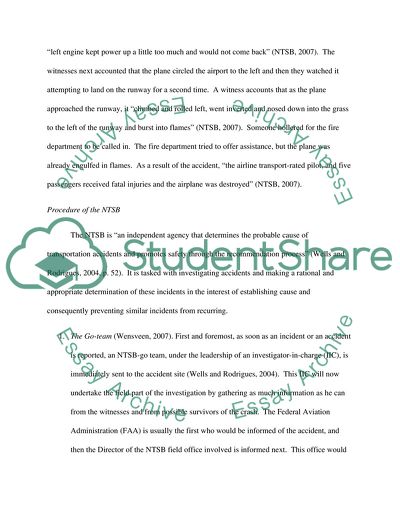Cite this document
(Accident Investigation Essay Example | Topics and Well Written Essays - 1750 words, n.d.)
Accident Investigation Essay Example | Topics and Well Written Essays - 1750 words. https://studentshare.org/law/1727660-accident-investigation
Accident Investigation Essay Example | Topics and Well Written Essays - 1750 words. https://studentshare.org/law/1727660-accident-investigation
(Accident Investigation Essay Example | Topics and Well Written Essays - 1750 Words)
Accident Investigation Essay Example | Topics and Well Written Essays - 1750 Words. https://studentshare.org/law/1727660-accident-investigation.
Accident Investigation Essay Example | Topics and Well Written Essays - 1750 Words. https://studentshare.org/law/1727660-accident-investigation.
“Accident Investigation Essay Example | Topics and Well Written Essays - 1750 Words”. https://studentshare.org/law/1727660-accident-investigation.


